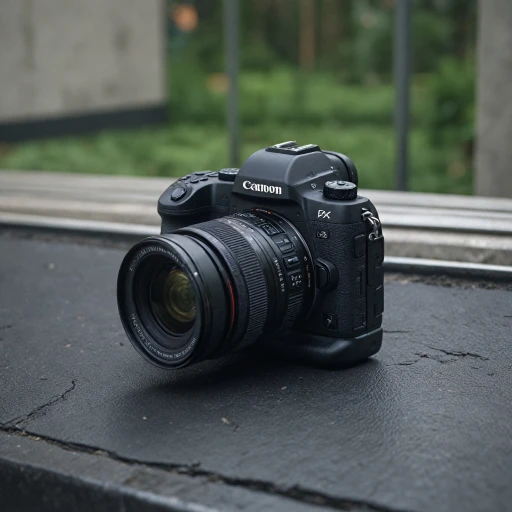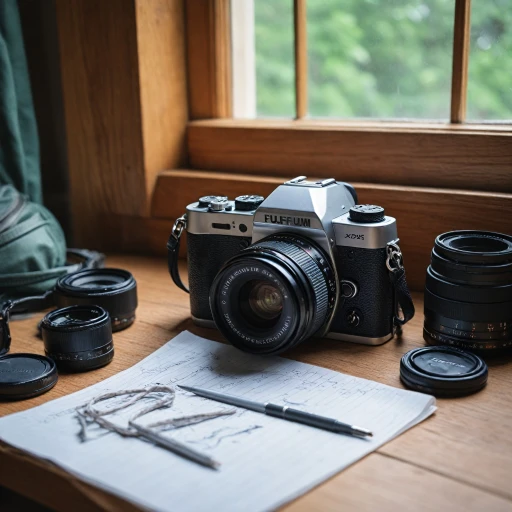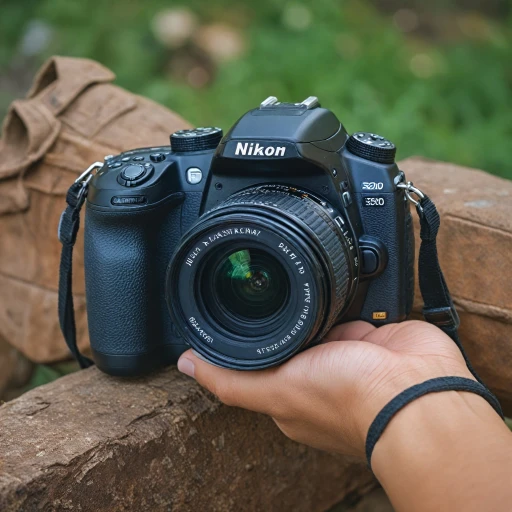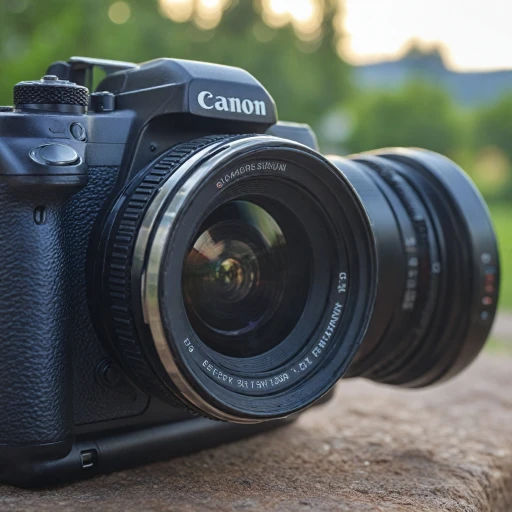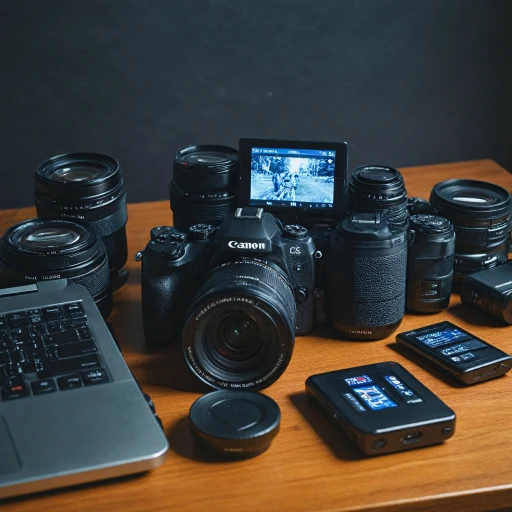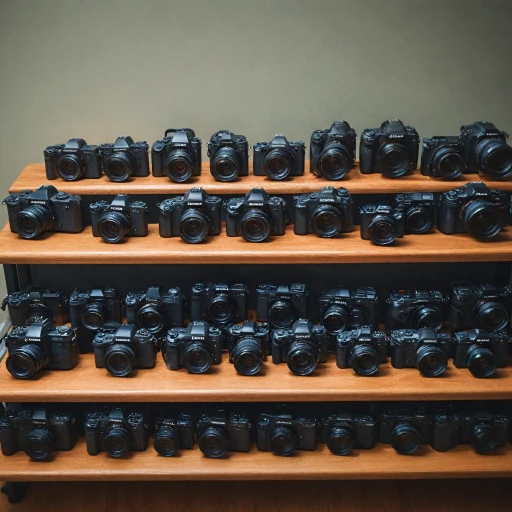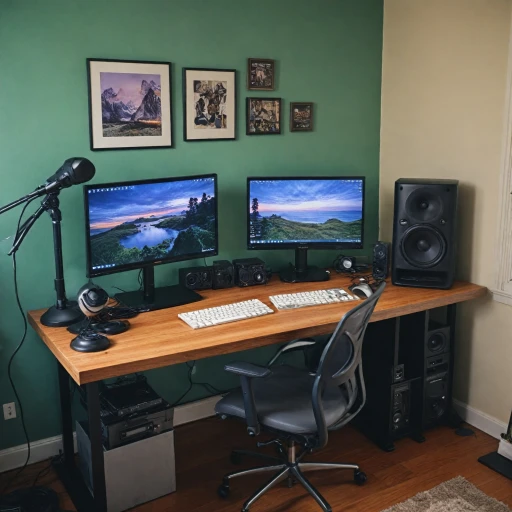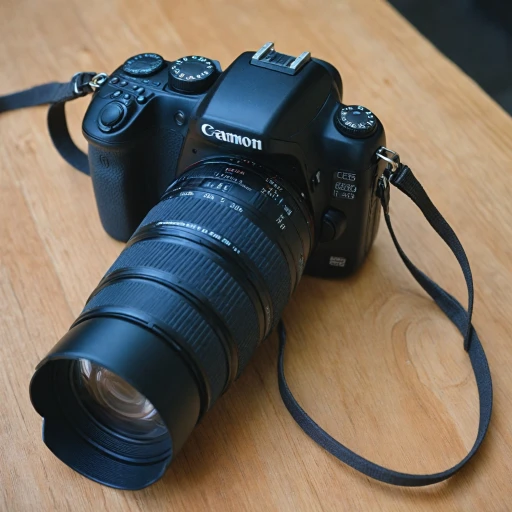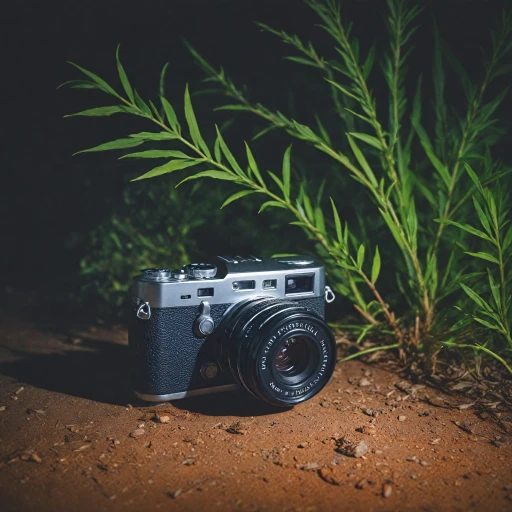
Understanding the Fujifilm XM1
Getting to Know the Fujifilm XM1
The Fujifilm XM1 is a part of the well-admired Fujifilm series of mirrorless digital cameras that combines style with functionality. This compact system camera is designed for photographers who want to achieve impressive image quality without the bulk of a traditional DSLR. The camera body comes in various colors, including a sleek body black and a classy camera silver finish.
Equipped with a large APS-C sensor, the Fujifilm XM1 stands out in the mirrorless camera category for its ability to capture high-quality images even in low light conditions. The sensor works alongside interchangeable lenses, offering flexibility ranging from the standard kit lens to more specialized options for different photography needs.
At the core of the XM1 is its impressive range of features aimed at enhancing photography experiences. With various shooting modes available, users can easily switch between manual and automatic settings. The ISO range and adjustable shutter speed allow for creativity and adaptability in diverse lighting scenarios.
The camera's design is user-friendly, featuring a tilting LCD screen which is particularly beneficial for capturing images from different angles. Combined with easy-to-navigate buttons and a responsive focus system, the Fujifilm XM1 ensures users can efficiently capture the perfect shot each time.
The Fujifilm XM1 not only functions well but also offers a competitive edge when compared to other digital cameras in its class. This model combines the classic fuji allure with modern digital technology, making it an excellent choice for amatuer and semi-professional photographers alike. For those curious about how it stands against more recent models such as the Fujifilm XM5, you can find more information here.
Key Features of the Fujifilm XM1
Design and Build
The Fujifilm XM1 stands out in the Fujifilm series with its sleek and compact design, making it an attractive choice for photographers who value portability without sacrificing image quality. The camera body is available in both body black and camera silver finishes, offering a stylish look that complements its functionality. As a mirrorless digital camera, the XM1 is part of the growing trend of compact system cameras that provide DSLR-like performance in a smaller package.
Sensor and Image Quality
At the heart of the XM1 is a 16.3-megapixel APS-C CMOS sensor, which is crucial for capturing high-resolution images with excellent detail and color accuracy. This sensor is a key factor in the image quality that Fujifilm cameras are known for. The camera's ability to perform well in various lighting conditions is enhanced by its wide ISO range, allowing photographers to shoot in low light without compromising on quality.
Lens and Focus
The XM1 typically comes with a kit lens that provides versatility for different shooting scenarios. The camera's autofocus system is designed to be fast and accurate, ensuring that you can capture sharp images even when your subject is in motion. The focus capabilities are complemented by a variety of mode settings, allowing users to adapt to different photographic needs.
LCD Screen and Controls
One of the standout features of the XM1 is its tilting LCD screen, which provides flexibility when composing shots from various angles. The intuitive layout of the camera's controls, including the strategically placed button and dials, makes it easy to adjust settings on the fly. This user-friendly design is particularly beneficial for those who are new to digital cameras or transitioning from a different system.
Performance and Speed
With a maximum shutter speed of 1/4000 seconds, the XM1 is capable of freezing fast-moving subjects with precision. The camera's performance is further enhanced by its quick startup time and responsive operation, ensuring that you don't miss crucial moments. The combination of these features makes the XM1 a good choice for both casual and enthusiast photographers.
For those interested in exploring more about Fujifilm's offerings, you might want to check out this article on the Fujifilm Klasse S, which delves into another classic model in the digital age.
Comparing the Fujifilm XM1 to Other Models
Comparative Analysis with Other Cameras
When exploring the Fujifilm XM1, it is important to consider how it stands against other models in the market. One of its significant advantages is its compact system design, making it an ideal choice for photographers who appreciate portability without compromising on image quality. The Fujifilm digital camera series is known for delivering excellent results, thanks to its top-notch sensor and body construction. A noticeable feature of the XM1 is the quality of images produced by its lens and sensor combination. This ranks it competitively among mirrorless digital cameras. Compared to a model like the Nikon D3100, the XM1 offers a wider ISO range, providing greater flexibility in various lighting conditions. If you're interested in more in-depth comparisons, check out this analysis of the Nikon D3100. Key differences also lie in the body color options; for instance, the Fujifilm camera allows for choices like the stylish camera silver or the more classic body black. These options give users the ability to select according to personal style. Moreover, the XM1's user interface and LCD screen make it stand out. The interface enhances user interaction, allowing for smoother transitions between settings like shutter speed and focus modes. Compared to other digital cameras in its class, the button layout is intuitive, ensuring that even beginners can navigate with ease. Shipping processes for the Fujifilm series are streamlined, ensuring swift delivery and minimal time waiting for your camera body to arrive. While every camera has its strengths, the XM1's blend of quality, design, and features make it a compelling choice for both amateur and seasoned photographers alike.Photography Tips with the Fujifilm XM1
Mastering Focus and Composition
The Fujifilm XM1 is highly regarded for its focus capabilities, which are crucial for capturing high-quality images. When using this mirrorless camera, it is important to familiarize yourself with its various focus modes to enhance your photographic style and subject needs.
- Auto Focus: The auto focus feature works remarkably well in the Fujifilm XM1, making it ideal for beginners who prefer to rely on the camera's judgement to focus automatically on their subject.
- Manual Focus: For seasoned photographers, the manual focus mode allows precise control over the focus point, offering a more customized shooting experience. The lens and body can usually be adjusted via the focus ring to achieve sharp results.
Utilizing the Camera Modes
The Fujifilm camera boasts a variety of modes that cater to different shooting scenarios. Understanding these modes can help you make the most out of this digital camera's capabilities:
- Aperture Priority Mode: Perfect for those who want to control the depth of field while allowing the camera to determine the shutter speed.
- Shutter Priority Mode: This mode is useful when you're looking to capture motion, allowing you to set the shutter speed while the camera handles the aperture.
- Program Mode: Offers a mix of manual and automatic settings so that you have a degree of control over exposure without worrying about minor adjustments.
Enhancing Image Quality and ISO Management
Achieving excellent image quality with your Fujifilm digital is attainable through an understanding of ISO settings. The ISO setting is pivotal in controlling the camera sensor's sensitivity to light, greatly affecting image quality:
- Low ISO: For brightly lit environments, a low ISO setting helps in reducing noise and improving image clarity.
- High ISO: While shooting in low-light conditions, increasing the ISO can help capture images that are still clear, but be mindful as higher ISO can introduce noise.
Don't forget the potential of the XM1's LCD screen that can be used to preview your shots in real-time, offering a chance to make immediate adjustments. With proper use of its features, this Fujifilm compact system can cater to various photographic needs, enhancing both quality and creativity.
User Experiences and Reviews
User Perspectives on Image Quality and Performance
The Fujifilm XM1 has garnered enthusiastic feedback from users across various platforms, who particularly appreciate the blend of its compact system and high-performing image quality. Many users commend the 16.3MP APS-C sensor for its ability to deliver detailed and vibrant images, similar to higher-end cameras. This sensor plays a crucial role in providing this model with a competitive edge against many other mirrorless digital options.Ease of Use and Handling
Another highlight often brought up by users is the camera's ease of use. With its intuitive controls and the strategically placed buttons, both beginners and seasoned photographers find navigating through settings straightforward. The inclusion of a tilting LCD screen aids photographers in capturing images from various angles efficiently, enhancing the user experience.Performance in Various Modes
The camera’s performance in different lighting conditions often gets a nod of approval. Thanks to its wide ISO range and versatile kit lens, users have reported good image quality even in challenging lighting. Additionally, the quick and versatile shutter speed settings enable photographers to capture sharp images of fast-moving subjects. Users fond of manual settings also praise the customizable settings, allowing for more creative control over focus and exposure.Durability and Design
The Fujifilm XM1’s compact body, available in both black and silver, is not just stylish but also robust, according to users. Its lightweight camera body makes it an appealing choice for those seeking portability in a mirrorless camera. Despite its compact size, users appreciate its solid build quality, which makes it a dependable choice for travel photography.Shipping and Customer Experience
When it comes to shipping, many users have reported satisfactory experiences with Fujifilm's service. Upon purchasing, the camera typically arrives promptly and in pristine condition, allowing photographers to commence their creative journey without delay. In essence, the Fujifilm XM1 excels in delivering an impressive blend of image quality, user-friendliness, and compact design—making it a favorite among digital camera enthusiasts.Maintenance and Care for the Fujifilm XM1
Proper Handling and Storage
To maintain the image quality and longevity of your Fujifilm XM1, proper handling and storage are crucial. Always use a protective case when transporting the camera to prevent damage to the camera body and lens. Avoid exposing the camera to extreme temperatures or humidity, as these conditions can affect the sensor and other internal components.
Regular Cleaning
Regular cleaning of your mirrorless digital camera is essential to ensure optimal performance. Use a soft, lint-free cloth to clean the LCD screen and camera body. For the lens, a blower brush can help remove dust and debris. Be cautious when cleaning the sensor; if you're unsure, it's best to consult a professional.
Battery Care
Proper battery maintenance is key to keeping your Fujifilm digital camera ready for action. Always use the recommended charger and avoid overcharging. Store the battery in a cool, dry place when not in use, and consider having a spare battery on hand for extended shooting sessions.
Firmware Updates
Keeping your Fujifilm mirrorless camera's firmware up to date is vital for accessing the latest features and improvements. Regularly check the Fujifilm website for updates and follow the instructions to install them safely. This ensures your camera operates efficiently and benefits from any enhancements Fujifilm offers.
Professional Servicing
Occasionally, your compact system camera may require professional servicing. If you notice any issues with the shutter speed, focus, or other functions, it's advisable to seek expert assistance. Regular servicing can help maintain the image quality and extend the life of your camera.


